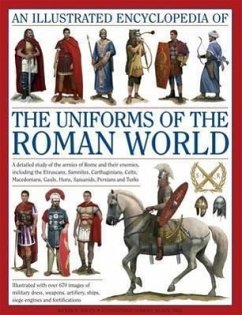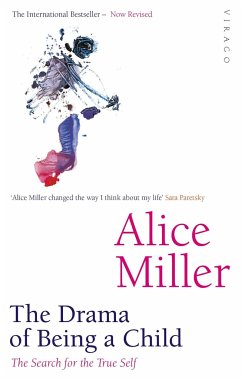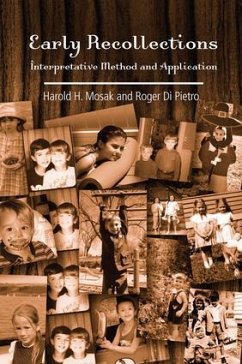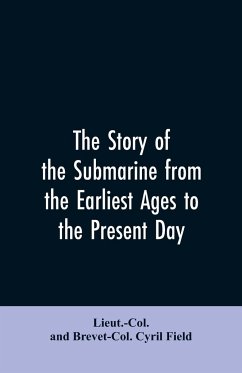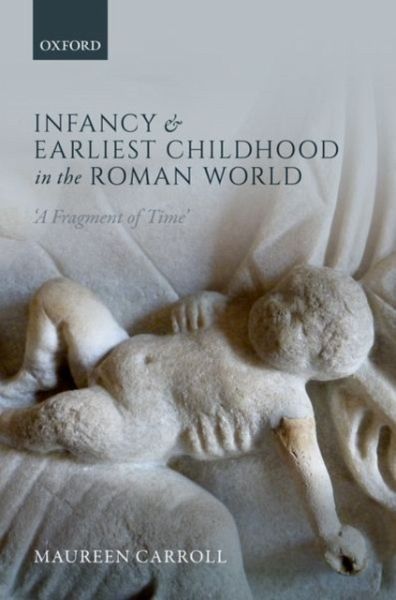
INFANCY & EARLIEST CHILDH ROMAN WORLD C
Versandkostenfrei!
Versandfertig in 1-2 Wochen
137,99 €
inkl. MwSt.

PAYBACK Punkte
69 °P sammeln!
Integrating social and cultural history with archaeological evidence and material culture, this first comprehensive study of infancy and earliest childhood encompasses the whole Roman Empire and explores the particular historical circumstances into which children were born and the role and significance of the youngest within the family and society.







